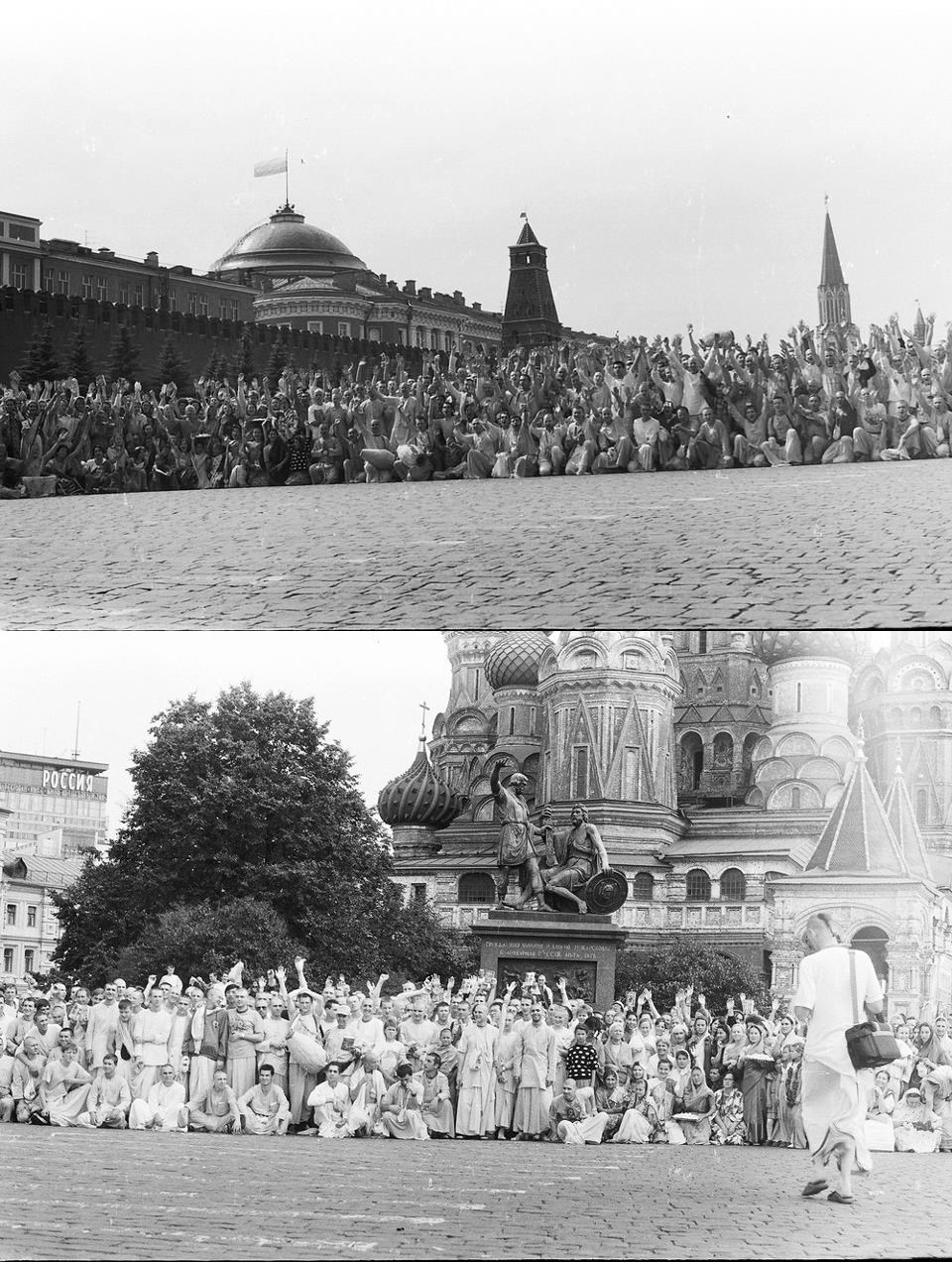“The illusioned living entity appears in so many forms offered by the external energy of the Lord. While enjoying in the modes of material nature, the encaged living entity misconceives, thinking in terms of “I” and “mine”.
– Srimad Bhagavatam/2.9.2
When a bank teller who handles money everyday thinks that it belongs to him and takes it for his personal needs, he is a thief. Similarly, if we use the resources of the material world thinking that I am the owner and it is intended for my enjoyment, then we are thief.
We have been associated with material energy for so long, that we become strongly conditioned to thinking it is all mine. And this causes miseries in life to one and all others.
We all have our own private set of dreams which we strongly cherish, contemplate and get caught up in. At the time of death, these thoughts surface in one’s consciousness and determines one’s next body and life.
All that we possess brings us both happiness and distress. They never bring happiness forever, whether it be things, people or other life forms. This illusion that covers us that EVERYTHING must bring ME happiness, is very difficult to overcome.
Does this mean that we get rid of desires completely? One can try but it will not happen because the dynamics of the mind is very strong. But if we use the workings of the mind on spiritual subjects, then this mind gets purified and brings the consciousness to its original state.
When we chant mantras, hear spiritual talks, read scriptures, associate with spiritual minded people; we start our process of internal cleanliness. It might be bitter in the beginning but sweet in the end unlike material life which is sweet in the beginning but bitter in the end.
Its our mentality that keeps us in the material world and its mentality that will take us out. The devotional activities related to God/Krishna is the process that helps us transcend the lower mental state to a higher one. This is what human form is meant for. Using it to lead the same lifestyle as animals but in a polished form is a complete waste of a precious opportunity.
Reading books such as Bhagavad Gita As It Is and Srimad Bhagavatam is the foundation of our spiritual activities and contemplation. One must take the time to read them everyday and realize clearly that “I am not the controller, I am not the enjoyer, God is the Supreme and one must always remember Him”.
I encourage you to start and continue a spiritually moulded lifestyle. It is the only way for us humans. Good Luck and Happy Easter!




 Fasting.......... on
Fasting.......... on  Appearance of Lord Nrsimhadeva
Appearance of Lord Nrsimhadeva


 Their Lordships Sri Sri Radha Vrindavan Bihari Temple Opening at Govardhan Ecovillage( Govardhan Farm) Wada, Maharashtra on 15th April 2014. More than 5000 devotees gathered for the Prana Pratishtha or Deity Installation ceremony of Their Lordships Radha Krishna and the inauguration of the Temple premises on Tuesday, 15th April 2014. This auspicious ceremony was graced by the presence of HH Bhakti Vidyapurna Swami Maharaj, HH Radhanatha Swami Maharaj, HG Jananivasa Prabhu and HG Pankajanghri Prabhu along with devotees from the Mayapur Gurukula.
Their Lordships Sri Sri Radha Vrindavan Bihari Temple Opening at Govardhan Ecovillage( Govardhan Farm) Wada, Maharashtra on 15th April 2014. More than 5000 devotees gathered for the Prana Pratishtha or Deity Installation ceremony of Their Lordships Radha Krishna and the inauguration of the Temple premises on Tuesday, 15th April 2014. This auspicious ceremony was graced by the presence of HH Bhakti Vidyapurna Swami Maharaj, HH Radhanatha Swami Maharaj, HG Jananivasa Prabhu and HG Pankajanghri Prabhu along with devotees from the Mayapur Gurukula.  Harinama in Moscow back in the 1992.
Harinama in Moscow back in the 1992. 






 Wonderful morning at the Manor helping with a promotional video about Parasuram's Food For All program being filmed by Michael, Chris and their crew from Puplimited. Brilliant...!! Jennie, Lee, Krishna Mayi, Acintya, Arjuna, mother Kulangana, Guru dasa, Kuti and everyone else who made it a wonderful success. Especially, lead actors, John and Laura who became devotees for a morning. John shaved his head, Laura wore a sari perfectly and they danced and chanted wildly. Parasuram has a magical way of bringing so many people to Krishna.
Wonderful morning at the Manor helping with a promotional video about Parasuram's Food For All program being filmed by Michael, Chris and their crew from Puplimited. Brilliant...!! Jennie, Lee, Krishna Mayi, Acintya, Arjuna, mother Kulangana, Guru dasa, Kuti and everyone else who made it a wonderful success. Especially, lead actors, John and Laura who became devotees for a morning. John shaved his head, Laura wore a sari perfectly and they danced and chanted wildly. Parasuram has a magical way of bringing so many people to Krishna.